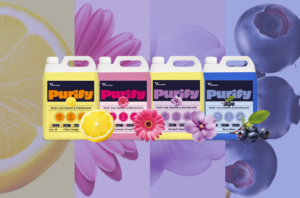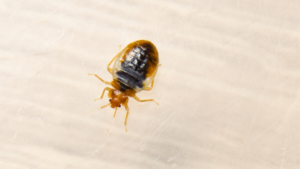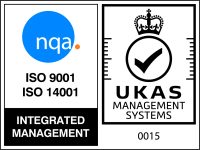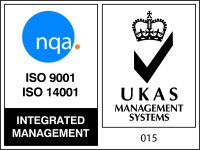Rock Salt, Calcium Chloride and Urea: How to Mitigate Damage in the Carriage from These Common De-icers
With snow and ice posing a perennial hazard to public areas, de-icers are a necessity in keeping roads and pavements safe. As commonly used de-icing substances, rock salt, calcium chloride and urea prills or pellets are all effective in combating wintery conditions. However, these de-icers can pose a real challenge to cleaners. But with the right awareness, cleaning staff can help to protect and safeguard these surfaces from damage winter after winter and year after year.
Rock Salt, Calcium Chloride and Urea: The Benefits and Risks of Common Deicers
In the broadest chemical sense, salts are compounds composed of positively and negatively charged ions or atoms. Rock salt and calcium chloride – both of which are common types of deicer – can be described as types of salt. According to the New Civil Engineer, “Salt will work at temperatures down to minus 8-10 degrees C…”. Though cost-effective and widely used in several industries, rock salt is ineffective at lower temperatures.
Another salt – calcium chloride – is denoted by the chemical formula of CaCl₂ and is also commonly used as a de-icer. As the Minnesota Pollution Control Agency clarifies, this substance is known to be effective on pavements down to just over -28 C. It is often utilised to blend or coat rock salt for use at extremely low temperatures, as the Department for Transport explains. While these de-icing salts are lauded for their effectiveness, it is known that salts can be corrosive to surfaces and can cause damage to the environment.
Finally, urea prill, a nitrogen-based aggregate commonly used as a fertiliser, is another type of deicing agent. As the name suggests, it is naturally found in urine and normally takes the form of small pellets known as prills. According to the West Virginia Department of Environmental Protection, urea is effective to just over minus three degrees Celsius. While not an effective de-icer at lower temperatures, urea is less corrosive than other de-icing salts. However, there are concerns about the damaging effects that urea runoff can have on aquatic ecosystems.
Rock Salt, Calcium Chloride and Urea: From Deicers to Surface Damage
While effective as de-icers, it is known that these substances can cause damage to a variety of surfaces. Speaking specifically of halite, the RDG admits that, “…the corrosive properties of rock salt…have long been recognised…”. During winter, residual de-icer can be tracked into indoor areas by passengers, posing damage to floors and soft surfaces. “Sodium chloride ice melt (also called rock salt) leaves a white powdery residue that, if allowed to sit on the floor too long, can dull the finish,” explains CleanLink.
The outlet also adds that calcium chloride can leave an oily, slippery residue on floors and surfaces and can also attract dirt on carpeted areas. Finally, as Stephen Allam of Bonnymans, a Scottish chemical manufacturer and distributor explains, urea residue can give off a foul smell. If left on surfaces, these residues can damage both surfaces and carpets, which is why it is paramount that cleaning staff know exactly how to remove or at least mitigate any risks posed by the presence of these deicers.
How to Remove Residual Deicers from Surfaces
When it comes to minimising the potential damage caused to floors and fabrics by residual deicers, CleanLink explains that cleaning staff should be proactive. For example, if at all possible, mats should be placed at entrances to train doors in order to prevent ice and snow melt – along with any residue from a deicer – from being tracked into a carriage where it can damage floors and seat fabrics. However, any matting should be cleaned regularly.
The outlet also explains that, should they find their way into an indoor space, any salt-based deicer should be vacuumed as soon as possible. Commenting specifically on calcium chloride, it adds that these kinds of deicing agents should be mopped. Should carpets or fabrics come into contact with residue from any deicer, it may be worth seeking out a professional cleaning service.
Though a necessity in keeping customers and staff safe during the winter months, rock salt, calcium chloride and urea can pose considerable risk to surfaces. With the correct strategies in place, professional cleaners can help to mitigate and even prevent long-term damage to floors and interiors.








